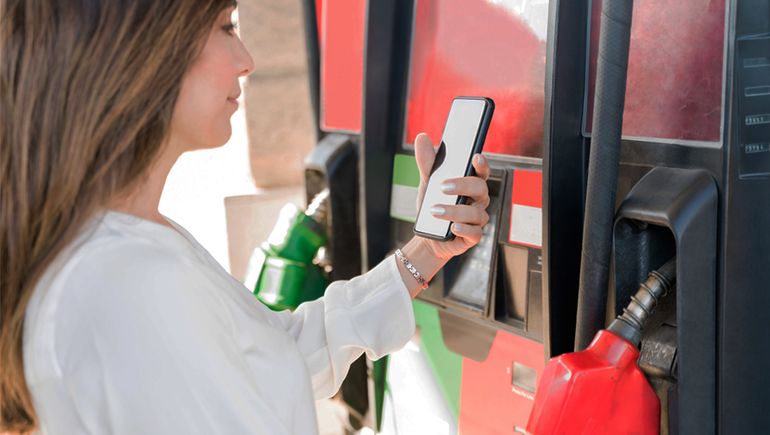Convenience Store loyalty programs are ubiquitous and for good reason. Since it costs eleven times more to get a new customer through the door than to get an existing customer to return, they make sense for operators from both a fiscal and an operational perspective.
But that ubiquity and a significant shift to online shopping over the past few years of the pandemic have begun to shift consumer perspectives on how they want to engage with brands. Part of this stems from the “one-size-fits-all” offers most programs provide in terms of rewards, apart from the fact that the average shopper is active in multiple loyalty programs and views them as being focused on “driving visits” rather than actual loyalty, and part from increased exposure to digitally native brands who use algorithms to personalize every visit and interaction.
Given these dynamics, we sought to explore the potential delta between how loyalty program executives believe their programs are doing and the perception of the value they deliver to the customers enrolled in them. PayiQ commissioned a national study late last year to interview 500 individuals on both sides of that equation to determine the current state of loyalty in the C-Store market.
Here’s a bit of what we discovered.
Loyalty is popular but expensive
Loyalty programs have traditionally served to strengthen the bond and increase engagement between a C-store and its customers and customers have embraced the idea of receiving perks for their ongoing patronage: 84% are enrolled in a loyalty program and, on average, folks that join a C-Store loyalty program are enrolled in four additional programs. But loyalty can be fickle. Customers aren’t afraid of leaving a program that doesn’t fit their needs and 69% have left or become inactive because they thought a program wasn’t valuable to them.
Given the financial benefits an effective loyalty program can create, to say nothing of the consumer data one can generate, operators recognize the importance of loyalty programs and allocate an average of 10% of their overall company budget to them. That’s a significant spend, but it makes total sense from an operational perspective because a boost of even seven percent in loyal behavior can increase lifetime customer value by as much as 85%.
The numbers don’t lie – loyalty works, but it has limits: While more than half of customers are enrolled (56%) are enrolled in a program, a mere 23% are active. Bottom line: To maximize ROI on its investment and increase customer engagement levels, C-stores must modernize their loyalty programs to keep up with customers’ evolving expectations.
What customers want vs what loyalty can deliver
As noted, customers have become keenly aware of their worth in the marketplace. The last few years of shopping online have subtly shaped consumer expectations because digitally native merchants continually personalize the shopping experience based on past shopping behaviors.
The result: Most shoppers now seek personalized rewards that are relevant to them versus a generic offer that may or may not resonate with them. Case in point: 91% of consumers interviewed said that a personalized experience is valuable to them.
And executives know the game is changing. Of those surveyed, 42% of executives say their current programs are limited by an inability to sell the value of rewards – and nearly 9 in 10 are concerned their company will lose loyalty members if their program doesn’t provide a personalized experience. That fear is well-founded: More than 75% of these executives say that customers have left their loyalty programs because they weren’t seen as valuable, personalized, or irrelevant to the customer.
But these insights are running headlong into operational challenges. Nearly 9 in 10 executives with a loyalty program are concerned with their current loyalty technology capabilities.
The majority (51%) of executives reported that their program’s inability to personalize rewards is already limiting active customer growth. This technology gap is preventing companies from providing the best customer experience.
Some of this stems from the fact that most loyalty stacks don’t have the ability to capture and segment customer data to be able to personalize a reward offer, but much of it comes from non-compatible, legacy back-office systems that can’t communicate and leverage what data is already in house.
Caught between changing customer attitudes and perceptions and loyalty platforms that can’t match digitally native merchants who deliver a personal experience each time, C-Store operators are increasingly facing a shifting loyalty landscape that is calling for fresh thinking and new solutions.



